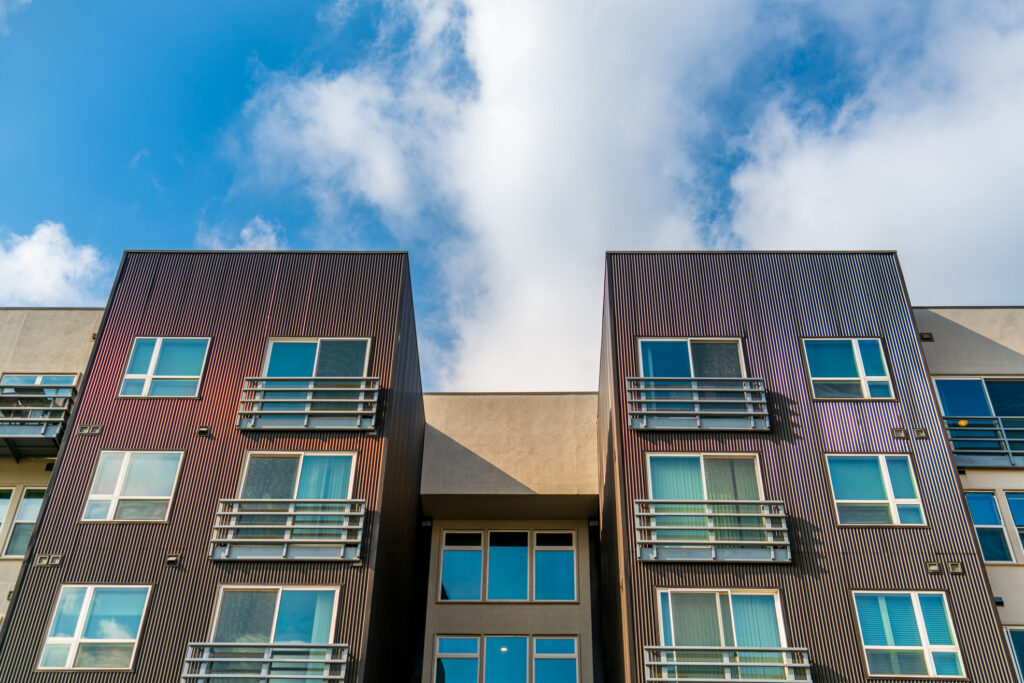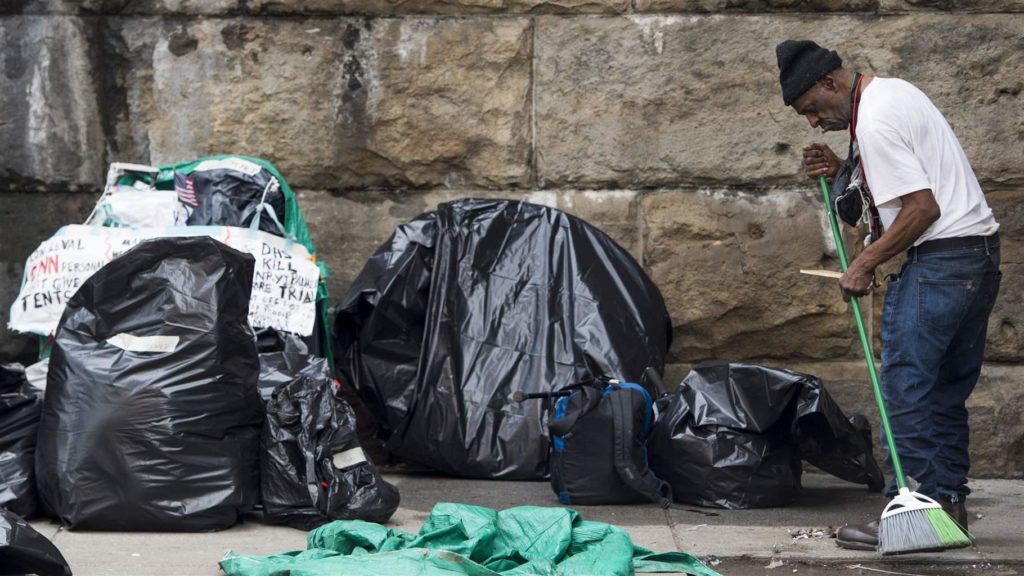
Addressing Residential Displacement Through Tenant Engagement
Between 2010 and 2016, over 500,000 Bay Area residents were at high risk for displacement. These displacements are disproportionately occurring in Latino, Asian, and Black neighborhoods that also experience more overcrowding and poverty than citywide averages. While displacement is a complex market-created phenomenon, San José is taking a leading role... Read more

Climate Resilient Healthcare Systems
King County is dedicated to building innovative and intersectional climate solutions that support community resilience and limit the climate burden on frontline communities. The County’s 2020 Strategic Climate Action Plan (SCAP), is a five-year plan for the County’s climate actions, integrating climate change into all areas of County operations. Under... Read more

Building a Collaborative Approach to Resentencing
The California Department of Corrections and Rehabilitation (CDCR) operates the second largest prison system in the United States. And men and women of color in California continue to be incarcerated at higher rates than white men and women. In recent years, Californians have expressed their desire to reduce reliance on... Read more

Creating a Cohesive Service Delivery Model for the Justice Impacted Population
In Los Angeles County, on any given night, more than 14,000 people are confined in the County’s jail system – over 5,000 of which have serious mental health needs. These shocking numbers are reflective of the broader history of the intersections between race, health, and incarceration across not just the... Read more

Creating Buy-In & Authority to Reimagine Youth Justice
Historically, Los Angeles County youth who enter the justice system has been overseen by the Probation Department and the Chief Probation Officer. This carceral approach to youth justice has resulted in lasting, negative outcomes for even single-time offenders. In 2020 and 2021, Los Angeles County convened the Youth Justice Work... Read more

Expanding Access to Equitable Healthcare Career Education and Opportunities
Los Angeles County’s College of Nursing & Allied Health (CONAH) has prepared students for employment, professional development, and/or advancement for 125 years. Completing their clinical rotations in the system and often hailing from the area, graduates are particularly well placed to understand and address LA County’s healthcare needs. In the... Read more

Optimizing Case Management to Support the Resentencing of Over-incarcerated Individuals
The California Department of Corrections and Rehabilitation (CDCR) is responsible for the incarceration of nearly 100,000 adults, operating the second largest prison system in the United States. Los Angeles County (LA County) is the largest contributor to the carceral system in California – with nearly 30% of all adults admitted... Read more

Streamlining Workflows to Support the Release of Over-incarcerated Individuals
The California Department of Corrections and Rehabilitation (CDCR) is responsible for the incarceration of nearly 100,000 adults, operating the second largest prison system in the United States. Los Angeles County (LA County) is the largest contributor to the carceral system in California – with nearly 30% of all adults admitted... Read more

A Data-driven Approach to Addressing King County’s Housing Crisis
Like other prosperous American counties, greater King County currently finds itself in the position of possessing both enormous amounts of wealth and staggering levels of homelessness. King County has enjoyed robust economic growth over the past decade, with both Amazon and Microsoft establishing headquarters in the region. Despite these economic... Read more

Advancing Racial Equity in LA County’s Homeless Services System
Los Angeles County is celebrated for its diverse mix of nationalities, cultures, identities, and languages. This cultural richness is stifled by stark racial and socioeconomic inequities that manifest in disparities in health, economic mobility, housing, and homelessness—particularly for communities of color. Black/African American people made up 40% of the total... Read more
